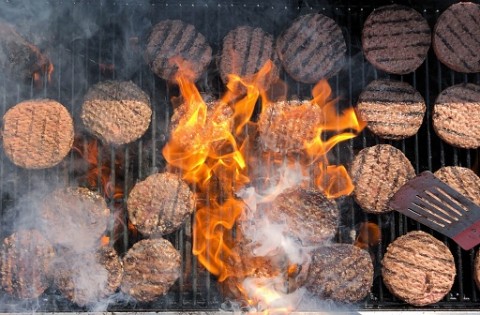How much beef consumption can our planet sustain?
Burning the Amazon to produce more cattle

The Amazon is burning, and it isn’t an accident. The 40,000 rainforest fires in Brazil alone this summer began mostly as intentional burns to clear land for cattle ranching.
It’s an ancient practice—one now prohibited by Brazilian law. President Jair Bolsonaro has encouraged it anyway. Bolsonaro is openly hostile to environmentalists, to indigenous people and their protected lands in the Amazon, and to the international community’s concerns. His alliances are with Brazilian business—including the country’s powerful beef industry.
Brazil is the world’s largest exporter of beef, accounting for almost a fifth of global exports. Much of this beef now goes to Asia; a pending trade deal would open European markets as well, making Brazilian exports grow bigger still.





